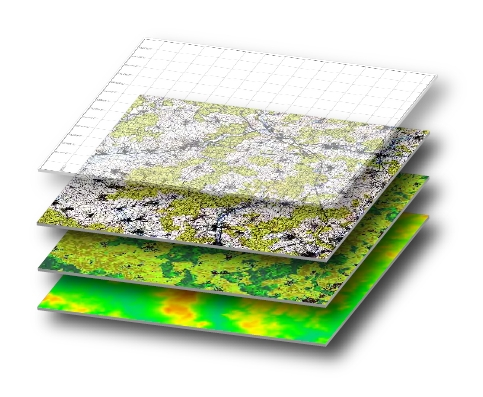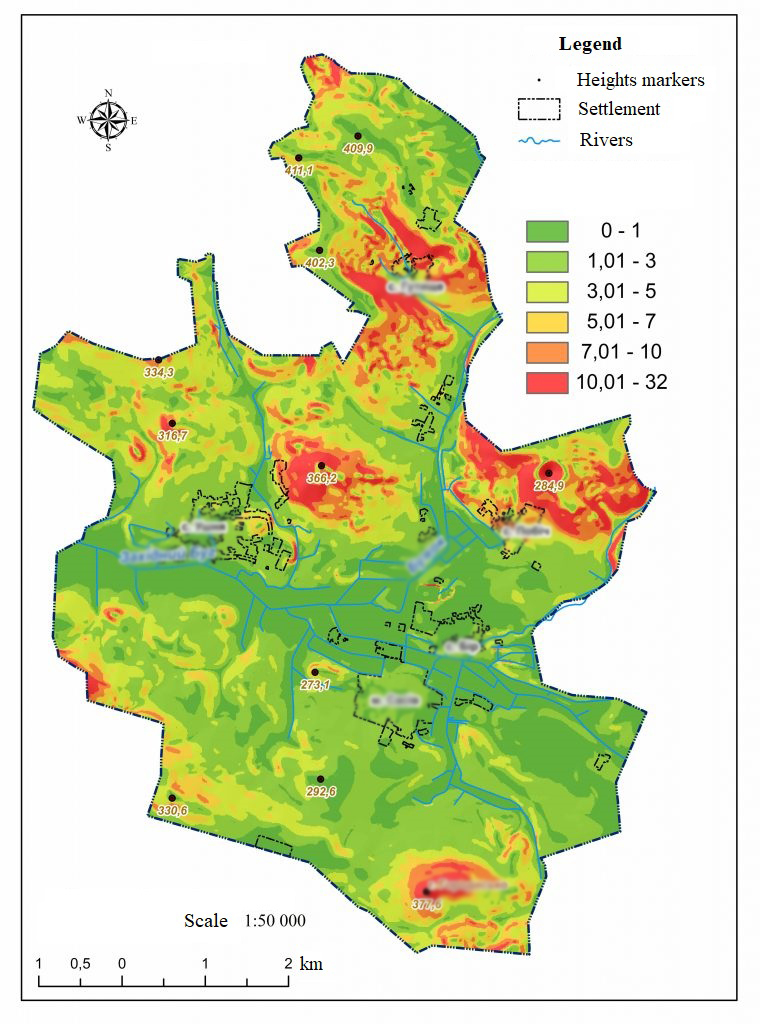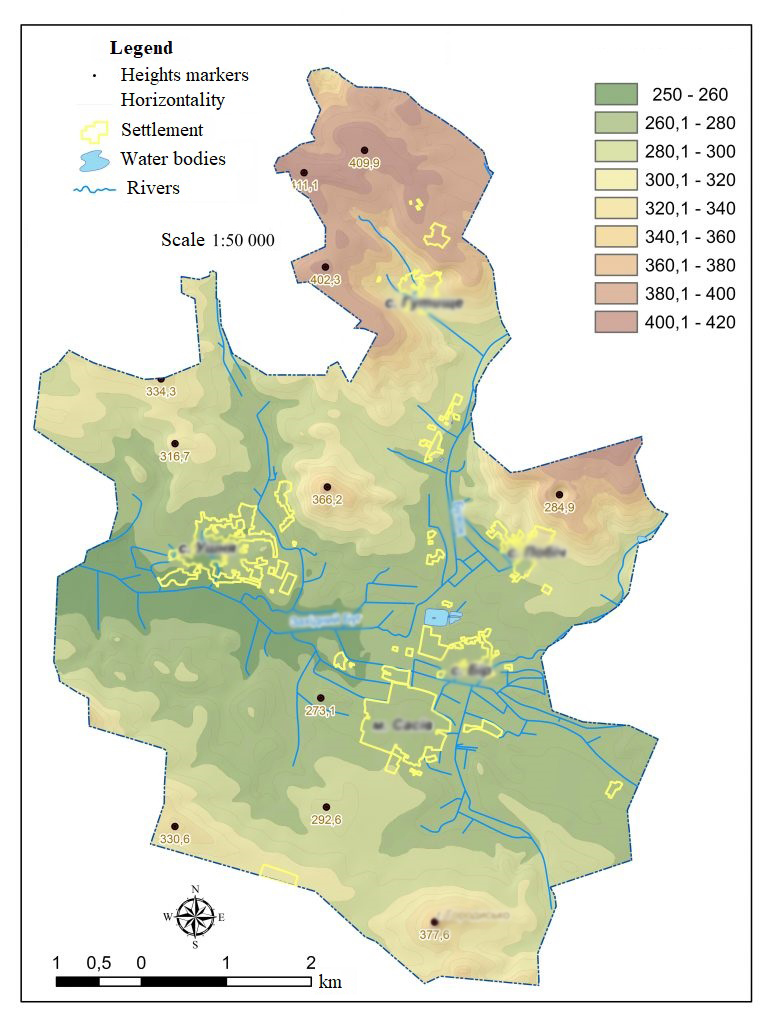Geoinformation modeling

Geoinformation modeling is a high-tech process of creating a terrain model of a specific territory in the environment of a geographic information system. The created model depicts the quantitative and qualitative parameters of the simulated area; describes the intensity of applicable processes (such as geomorphological, hydrological, technological); provides an accurate assessment of the state of the object (urban environment, components of the natural environment, elements of human economic activity). GIS modeling is used as a decision-making tool to develop recommendations for environmental management, urban planning, reduction of destructive anthropogenic impacts, preventing the occurrence of human incidents or development of dangerous processes.
Geoinformation modeling provides the opportunity to understand complex structures, and to define and justify spatial processes and patterns that are vital to a commercial business, using data from cartography and GIS modeling. Use geoinformation modeling to display spatial data, visualize information and assess environmental knowledge.
The goal and the tasks of geoinformation modeling
One of the main strategic goals of geoinformation modeling is to “see the whole”. Provided that a sufficient amount of reliably accurate data is introduced into the system, geoinformation modeling can enable the user to detect deep system interconnections and trends that are not visible using traditional cognitive methods. For example, a digital terrain layout developed on the basis of GIS modeling can serve as a reliable basis for decisions about the future state of the territory.
Another strategic goal of GIS modeling is to “manage location”. For this purpose, geoinformation modeling provides several key analytical capabilities:
- object location analysis;
- building density models of phenomena;
- search for objects within a specific area;
- nearest neighborhood analysis;
- modeling of changes;
- definition of the spatial attributes of objects;
- distribution of objects into categories;
- searching and defining distribution patterns of spatial and attribute data;
- 3D visualization of the final results.


Work samples
One of the most labor-intensive tasks of geoinformation modeling is the creation of a digital elevation model (DEM). The finished digital model is capable of resolving a wide variety of issues:
- the calculation of morphometric indicators – slope angles and slope exposures;
- the evaluation of the shape of the slopes through the curvature of their transverse and longitudinal sections;
- building cross-sectional profiles of the relief;
- analytical “washing” of the relief;
- 3D visualization of the relief in the form of block diagrams;
- building contours by using a set of elevation levels;
- orthotransformation of aerial photographs and satellite images.
Such developments are of particular interest to public authorities, representatives of industry (rural, forest, water), public services (water utilities, heating systems), etc.

